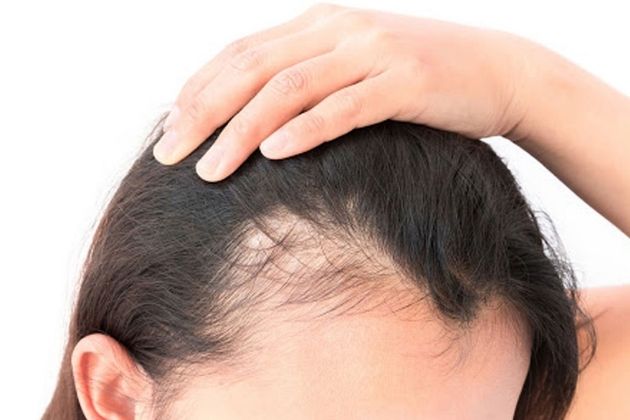Hair transplants are increasingly recognized as an effective treatment for various types of hair loss, including male pattern baldness and alopecia. These procedures have evolved significantly over the years, offering hope to individuals seeking to restore their natural hairline and density.
Male Pattern Baldness:
Male pattern baldness, also known as androgenetic alopecia, is the most common cause of hair loss in men. It is characterized by a progressive thinning of hair on the scalp, typically starting at the temples and crown. Hair transplants are particularly well-suited for treating male pattern baldness because they involve redistributing healthy hair follicles from areas of the scalp where hair is abundant (usually the back and sides of the head) to the balding areas. This process is known as follicular unit transplantation (FUT) or follicular unit extraction (FUE), depending on the technique used.
In FUT, a strip of skin containing hair follicles is surgically removed from the donor area and then divided into individual follicular units that are implanted into the balding areas. FUE, on the other hand, involves harvesting individual follicular units directly from the donor area using a small punch tool and implanting them into the recipient sites. Both techniques yield natural-looking results and can effectively restore hair density in patients with male pattern baldness.
Alopecia:
Alopecia refers to hair loss that occurs when the immune system mistakenly attacks hair follicles, leading to hair loss on the scalp or other parts of the body. There are different types of alopecia, including alopecia areata (patchy hair loss), alopecia totalis (total scalp hair loss), and alopecia universalis (complete body hair loss).
While hair transplants may not be suitable for all forms of alopecia, they can be beneficial for certain cases, such as in patients with stable alopecia areata who have well-defined areas of hair loss. In these instances, hair follicles from unaffected areas can be transplanted into the bald patches to stimulate hair regrowth.
Considerations:
Before undergoing a hair transplant, it is important for individuals to consult with a qualified dermatologist or hair transplant surgeon to determine whether they are suitable candidates for the procedure. Factors such as the extent of hair loss, the quality of donor hair, and the individual’s overall health will be taken into consideration during the evaluation process.
Additionally, while hair transplants are generally considered safe and effective, they are not a cure for underlying medical conditions that may cause hair loss. It’s essential for patients to have realistic expectations about the results and to understand that multiple sessions may be required to achieve optimal hair density.
In conclusion, hair transplants can be a viable treatment option for different types of hair loss, including male pattern baldness and certain cases of alopecia. Advances in hair restoration techniques continue to improve outcomes, offering individuals the opportunity to regain natural-looking hair and enhance their self-confidence.





Comments